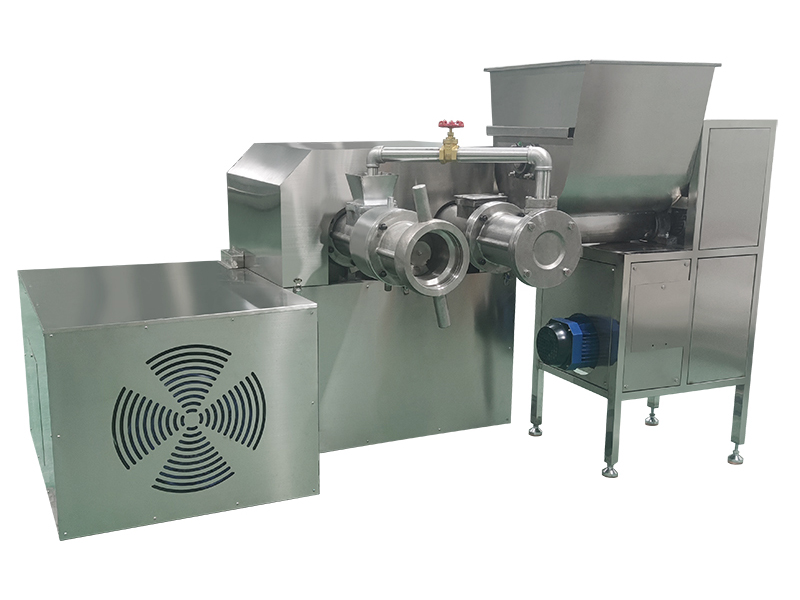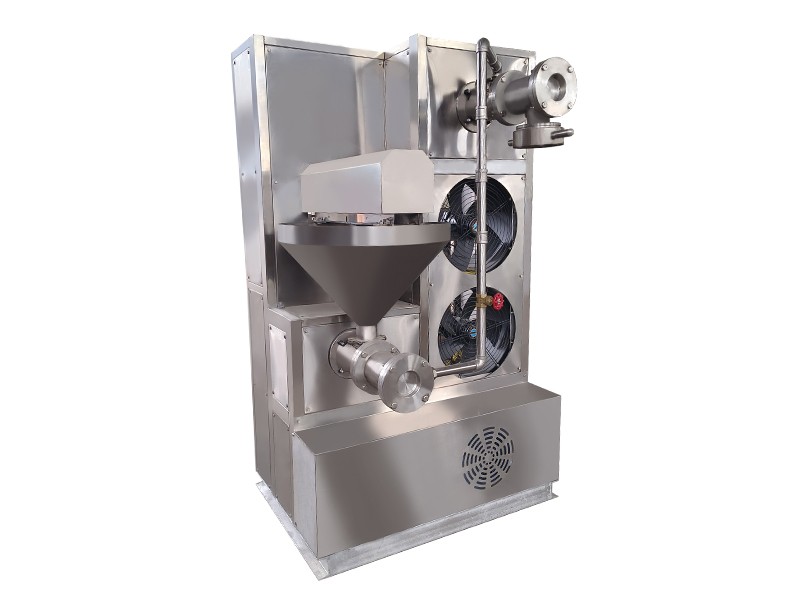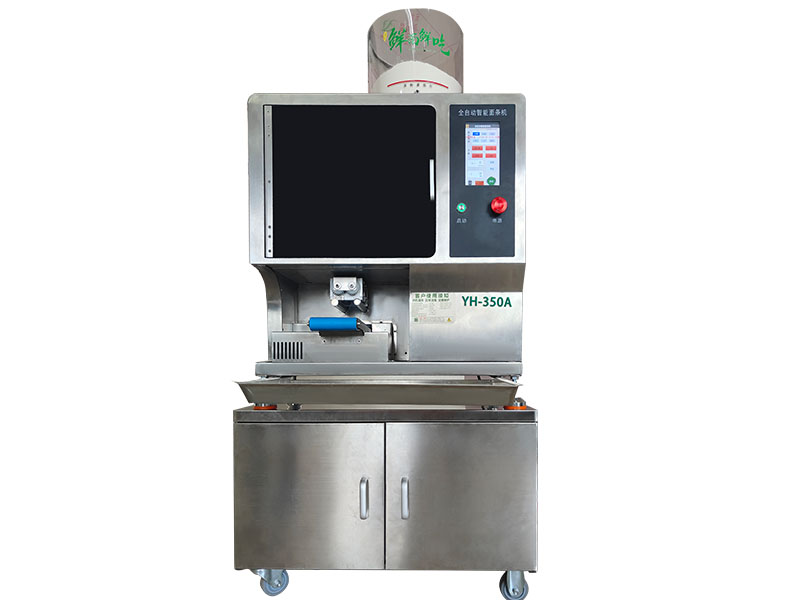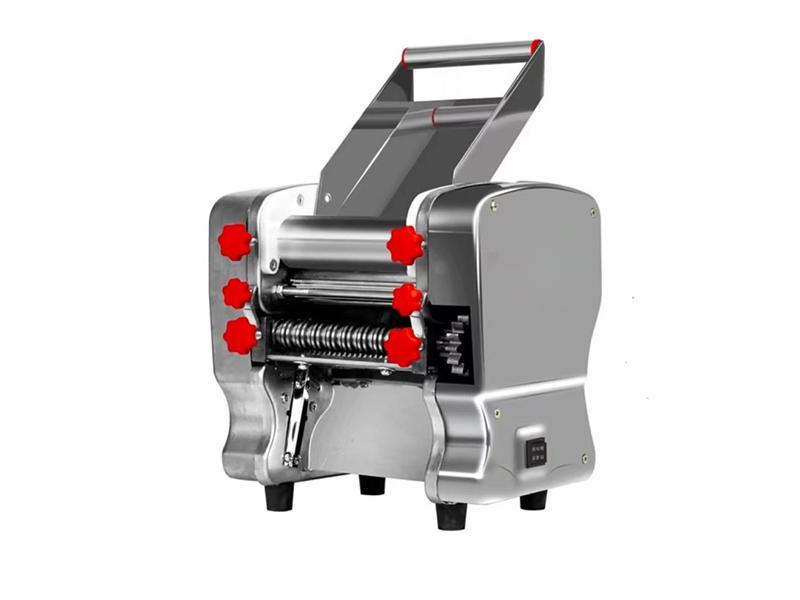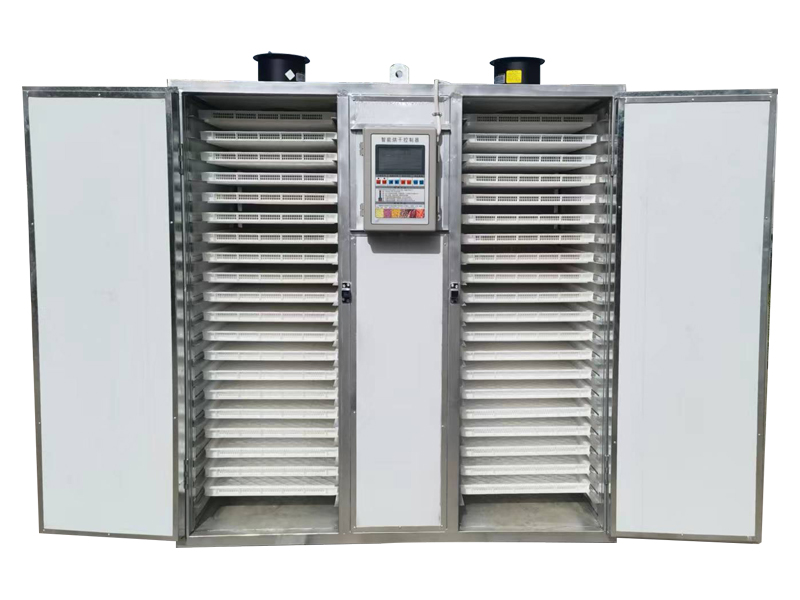
News Detail
How Different Types of Rice (Indica and Japonica) Affect Rice Noodle Formation
In rice noodle and vermicelli production, the choice of rice variety plays a decisive role in determining product texture, appearance, and shaping stability.
Among all types, Indica rice and Japonica rice differ significantly in starch composition, viscosity, and water absorption — factors that directly influence both the production process and final product quality.
This article explains how the starch properties of Indica and Japonica rice affect noodle formation, production efficiency, and taste.
1.Key Differences Between Indica and Japonica Rice
Indica Rice
Starch composition :High amylose (20–25%)
Grain shape:Long and slender
Texture:Firm, less sticky
Ideal for:Dry rice noodles, instant noodles, rice sticks
Japonica Rice
Starch composition :Low amylose (~15%), high amylopectin
Grain shape:Short and round
Texture:Soft, sticky
Ideal for:Fresh noodles, rice rolls, rice cakes
From a technical perspective, Indica rice contains more amylose, which helps form a strong gel structure during cooking and extrusion.
Japonica rice, on the other hand, is rich in amylopectin, making it softer and more elastic after gelatinization — ideal for smooth and tender noodle textures.
2.Impact on Rice Noodle Forming
Forming Stability
Indica rice flour has good dispersion and higher mechanical strength during extrusion, resulting in firm, unbroken noodles.
Japonica rice’s higher stickiness can cause issues like “molding adhesion” or noodle breakage if process parameters are not properly controlled.
Texture and Appearance
Indica rice noodles are chewy and elastic — suitable for stir-fried or boiled dishes.
Japonica rice noodles are smooth and soft — ideal for soup noodles and instant products.
Drying and Storage
Indica-based noodles dry faster and have better moisture stability, suitable for industrial-scale production.
Japonica-based noodles require longer drying time and precise humidity control to avoid cracking or sticking.
3.Process Optimization in Production Lines
In modern factories, equipment manufacturers usually adjust formulas and process parameters based on rice type:
For Indica rice – Use high-temperature, short-time steaming and strong extrusion to maintain elasticity.
For Japonica rice – Apply lower-temperature, longer steaming for full gelatinization and smoother texture.
For mixed formulations – A ratio of 70–80% Indica and 20–30% Japonica is commonly used to balance elasticity and tenderness.
Advanced automatic rice noodle production lines equipped with PLC control systems and precision temperature modules can automatically adjust steaming, extrusion, and drying conditions according to the rice characteristics, ensuring consistent product quality.
4.Conclusion
Different rice varieties give rice noodles their unique character — Indica rice adds firmness and chewiness, while Japonica rice provides smoothness and softness.
For manufacturers and entrepreneurs, understanding these differences and optimizing both raw material selection and production technology are crucial to achieving stable quality and competitive advantage.
Choosing the right rice type — together with reliable automatic equipment — ensures every strand of rice noodle is perfectly shaped, elastic, and delicious.
Zhengzhou Yunhe Food Machinery Co., Ltd.
From material to size, from appearance to function, we can provide various products to meet your specific application needs.
Why Choose US
We are a company specializing in food machinery. We are equipped with advanced production technology and equipment, dedicated to pursuing excellence in quality and creating first-class products.
Our Advantages
Our machinery is user-friendly, with a fully automated food processing line that includes automation functions to precisely control the production process. This greatly enhances production efficiency and ensures stable output for processed food.
In terms of quality, we use high-quality 304 stainless steel, which is sturdy, durable, and has a long service life. Our machines also offer flexible parameter adjustments to meet the production needs for various food specifications and textures. Additionally, the equipment is easy to clean and strictly adheres to national safety and hygiene standards to ensure food safety.

